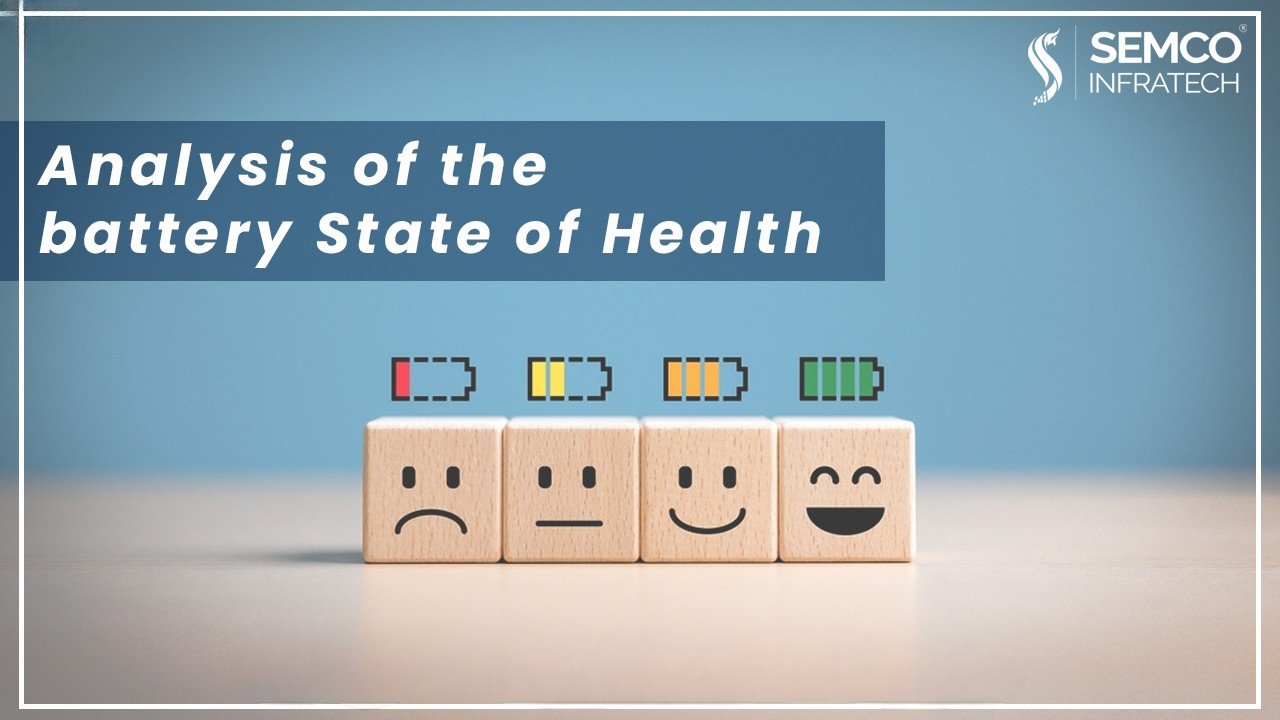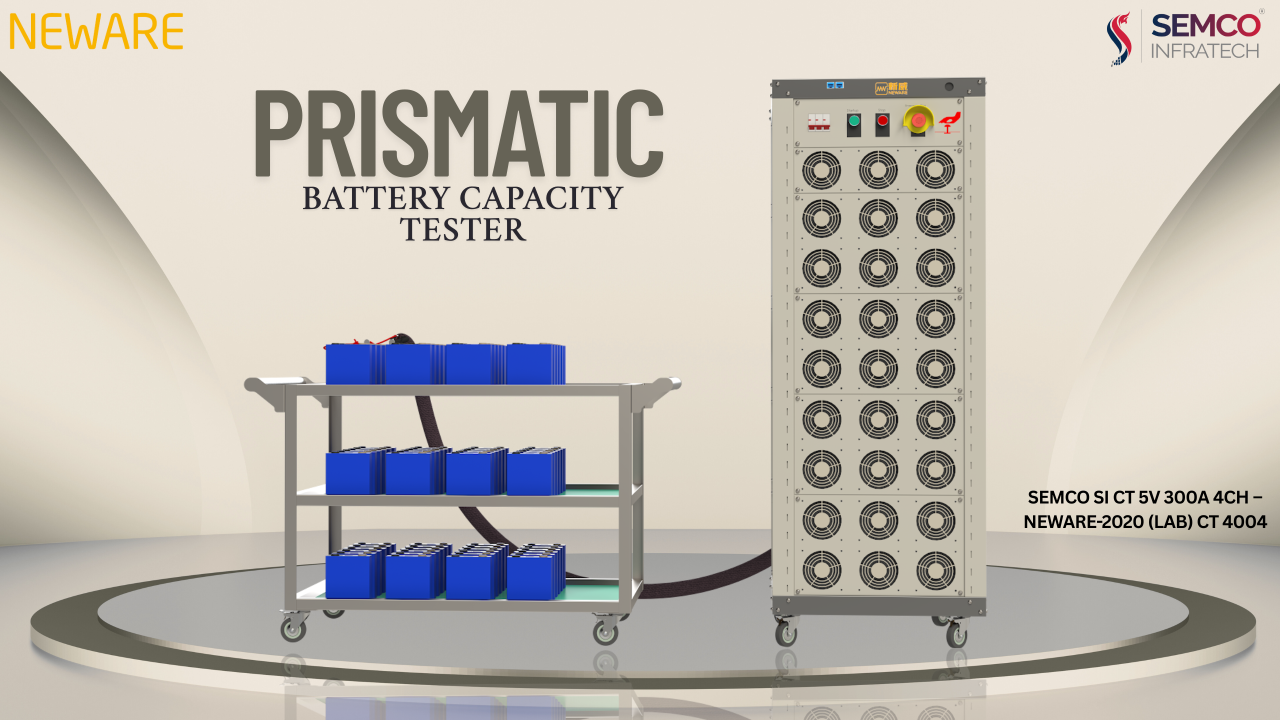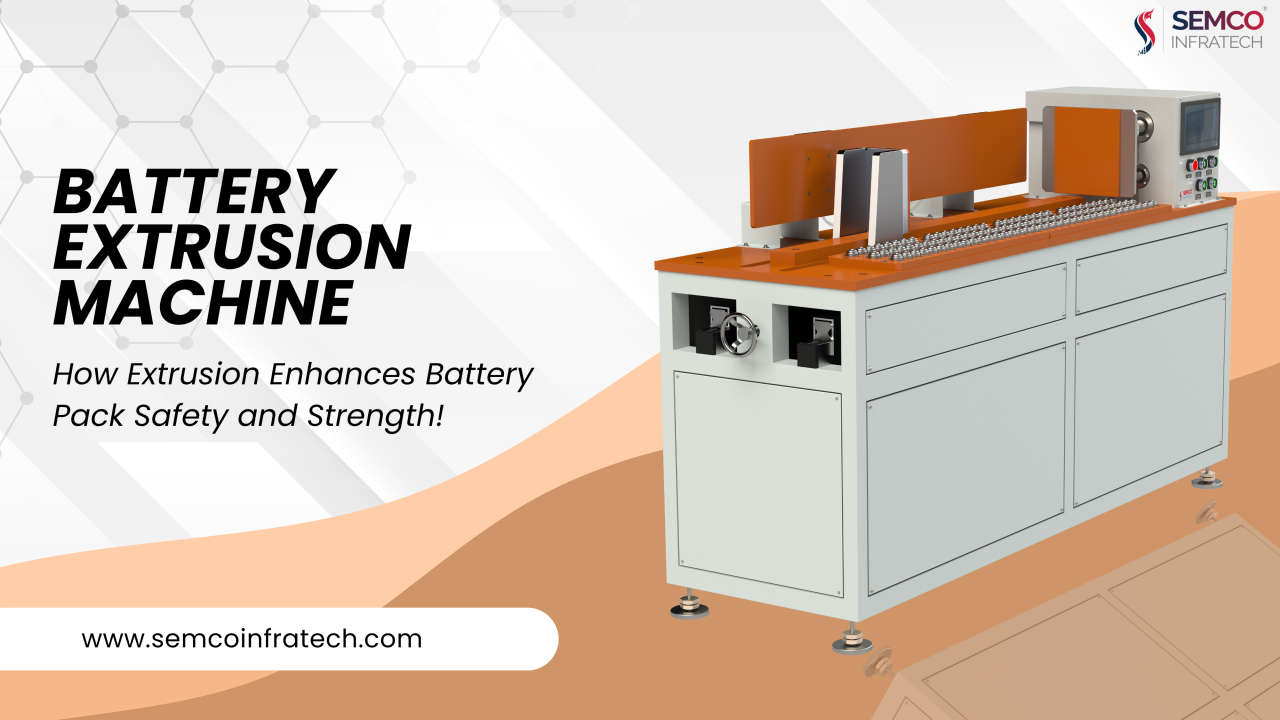Understanding the State of Health (SOH) is critical in the rapidly advancing world of lithium-ion batteries. The SOH is a vital metric that assesses a battery’s performance, capacity, and overall health relative to its original condition. Analyzing SOH ensures safety, reliability, and efficiency over a battery’s lifecycle, whether for electric vehicles (EVs), consumer electronics, or renewable energy storage.
This blog delves into the key aspects of battery SOH, why it matters, and how it is measured effectively.
What is Battery State of Health (SOH)?
The Battery State of Health (SOH) reflects the remaining usable capacity and performance of a battery compared to its original specifications. SOH is expressed as a percentage, with a brand-new battery rated at 100%. Over time, chemical aging, usage patterns, and external factors contribute to a gradual decline in SOH.
Why is SOH Analysis Important?
- Safety Assurance: A degraded battery with poor SOH may pose risks like overheating, short circuits, or thermal runaway.
- Performance Optimization: Regular SOH analysis helps maintain peak performance and predict potential failures.
- Cost-Effectiveness: Monitoring SOH enables better planning for battery replacements and minimizes unexpected costs.
- Environmental Sustainability: SOH assessment supports responsible disposal and recycling practices for end-of-life batteries.
Factors Affecting Battery SOH
- Charge-Discharge Cycles: Frequent cycling leads to capacity fade over time.
- Operating Temperature: Extreme temperatures accelerate chemical degradation inside the battery.
- Depth of Discharge (DoD): Higher DoD strains the battery, reducing its lifespan.
- Storage Conditions: Poor storage practices can result in a faster decline in SOH.
Methods for Battery SOH Analysis
- Impedance Spectroscopy: Measures internal resistance to evaluate electrochemical performance.
- Open Circuit Voltage (OCV) Testing: Analyses the voltage drop over time to gauge capacity retention.
- Coulomb Counting: Tracks the total charge input and output to determine the remaining capacity.
- Machine Learning Models: Advanced algorithms predict SOH using big data analytics and real-time monitoring.
Practical Applications of SOH Analysis
- Electric Vehicles (EVs): Ensures optimal performance and range prediction for EV batteries.
- Renewable Energy Systems: Maintains efficiency in solar power storage solutions.
- Consumer Electronics: Enhances durability and user satisfaction in devices like smartphones and laptops.
Tips to Prolong Battery SOH
- Avoid overcharging or deep discharging your batteries.
- Operate within the recommended temperature range.
- Use certified chargers to ensure proper voltage regulation.
- Store batteries in cool, dry places when not in use.
Conclusion
Understanding and analyzing the Battery State of Health (SOH) is vital for ensuring longevity, safety, and performance across various applications. With advancements in diagnostic techniques, users and manufacturers can make informed decisions to maximize battery efficiency and sustainability.
By emphasizing SOH analysis, industries can unlock the full potential of lithium-ion technology while supporting a greener future.
Call-to-Action
Stay ahead in the battery revolution! Contact us to learn more about advanced battery testing solutions and diagnostic tools tailored to your needs.





